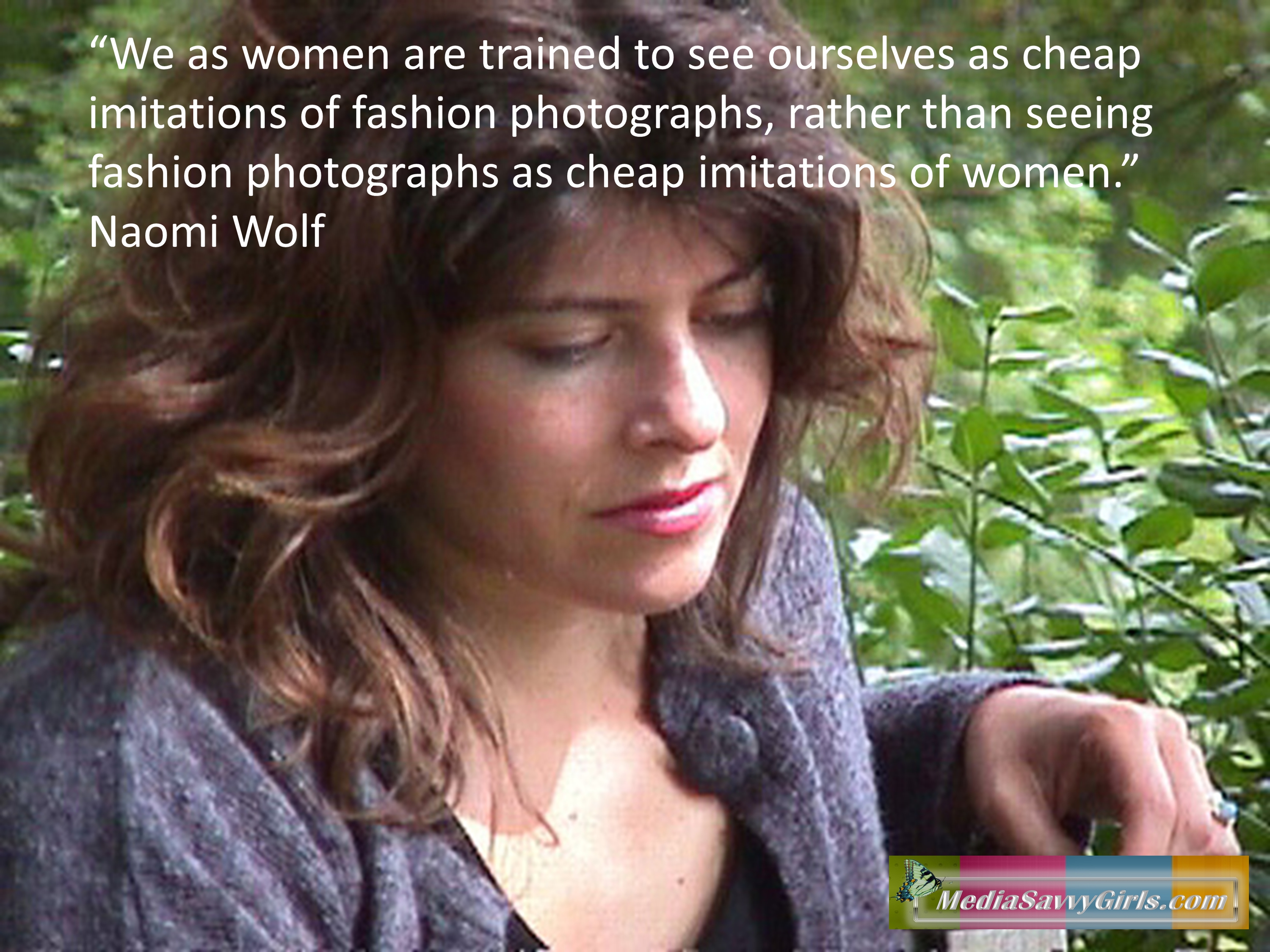Griffiths, Merris: ‘Blue worlds and pink worlds – A portrait of intimate polarity’. In: Buckingham, David (Ed.) (2002): Small Screens. Leicester: Leicester University Press, pp. 159-184
This an interesting content analysis study detailing the strict division between pink and blue world existing today in children marketing.
Content analysis represent important studies in terms of evidencing the characteristics of adverts content, although it is only part of the puzzle: the author points out how further research is needed to investigate children actual response to advertising, especially at younger age, when their gender identity is still a shaping process (and this was precisely the aim of my PhD exploration into girls advertising experiences).
The aim of Griffiths’ paper is formulated as:
“to analyse the ways in which gender stereotyping operates on the most subtle and unobtrusive levels within toy advertisement texts, and thereby to describe and explain how the ‘gendering’ of both product and purchaser operates. An analysis of this kind demands that one look below the more obvious surface meanings of texts to the underlying structure of their ‘hidden’ (or unconscious) appeals. I intend to clarify how toy ads create a gender-polarised world for children, whilst demonstrating that the situation is a little more complex than simple divisions between ‘blue’ and ‘pink’”.
“Of course, it should also be noted at the outset that textual analysis only identifies the parameters within which audience readings occur. How these readings occur is a matter for further research. The social worlds of boys and girls may in fact be much less polarised than the famously constructed worlds of Barbie and Action Man”
After a careful analysis the researcher concluded that the current gender segregation in marketing children toys is doing more harm than good, effectively pushing kids into pre-fabricated boxes:
“Yet when faced with a ‘packaged world it may well be that children have no option but to learn their place within it, seeing the patterns of behaviour that are represented there as unalterable fact”.
You can access the full article clicking the link below:
http://www.merrisgriffiths.co.uk/blue__pink.htm


